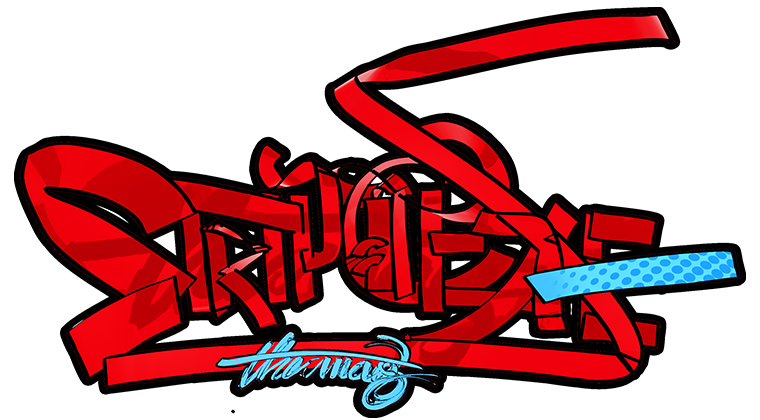The High Cost of Living?
“I’m not merciful or blessed. I’m just me. I’ve got a job to do and I do it….When the first living thing existed, I was there. Waiting. When the last living thing dies, my job will be finished. I’ll put the chairs on the tables, turn out the lights and lock the universe behind me when I leave.”
To say that Death of the Endless is one of the most enigmatic characters in Neil Gaiman’s Sandman series really does no justice to the beautiful intensity with which the author brings her to life. No other character in Gaiman’s magnum opus inspires such awe, fascination, and yes, fear, the way she does. Almost an antithesis to her brother Dream (also known as Morpheus, aka the eponymous Sandman), Gaiman’s Death really is the cornerstone of Sandman, as it is in the failed attempt to kidnap her (and mistakenly trapping Dream), that the series is set into motion.
Despite the implications of her name, Death is the most cheerful amongst the Endless. A pale, attractive, young Goth woman with an ankh around her neck and the Eye of Horus painted on her right eye, she is perhaps the only figure in the vast sea of Gaiman’s characters who comes close to being a nurturing mother figure.

Every point of her appearance in the series is marked by existential angst by her brother, whose morbidity often drives him away from his essential task as the Lord of Dreams to stalk traitorous dreams of his realm. Immersed in his pathos, it is often left upon the rather frail-looking shoulders of Death to bear the burden of making him realize the enormity of being one of the Endless, whose very existence lend meaning to life in the Universe. If the Sandman were so simple as to be classified as a tragedy in the Greek tradition, then Death is essentially the Chorus. She not only plays the Devil’s Advocate to the protagonists’ (in this case, primarily Morpheus) agonized feelings, she is essentially the catalyst for all action.
Her appearance is deliberately as unlike traditional, Western representations of Death (aka the spectral Grim Reaper), as possible, the better to disarm the reader into falling for the charming young woman whose reality sits at odds with the basic human illusions of invincibility and immortality. It is Gaiman’s brilliant use of irony which also belies the fact that she really is the most powerful being in the Universe, despite appearances to the contrary, it being hinted that she would be the only one to survive the demise of the cosmos.

As an elaboration on that irony, it is to be noted that not only does Death guide the recently deceased into their new existence, she also visits people as they are born, perhaps as a literal personification of a memento mori. The bundle of fascinating contradictions that is this foxy being is given even more momentum by the fact that one day in every century, she spends a day in mortal form, the better to gain an insight into the human soul she is assigned with the task of guiding away from the mortal realm. If there ever was an endearing way to reconcile one with the inevitability of death, it is to be hoped that Gaiman has found it in the deeply intriguing character of Death. As mortals, we can only hope that she awaits on the other side.
“She arrived in my head about a week later after her brother…..I didn’t want a Death who agonized over her role, or who took a grim delight in her job, or who didn’t care. I wanted a Death I’d like to meet, in the end. Someone who cared. Like HER.”- Neil Gaiman

